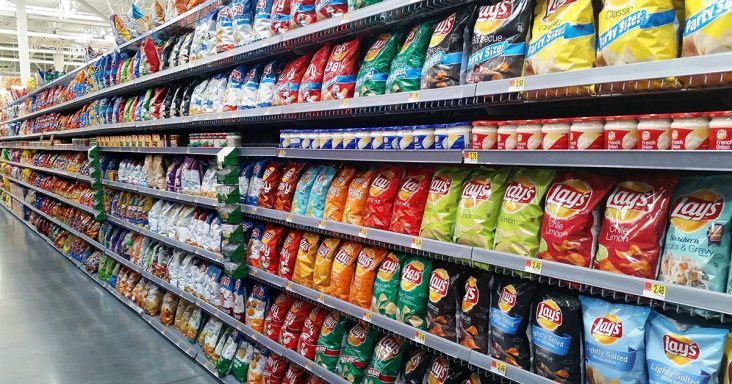Placer.ai: Food retailers see mixed traffic in the second quarter
by July 20, 2023 1:58 pm 1,129 views

Data firm Placer.ai reported the food retail sector experienced mixed store traffic in the second quarter. Dollar stores saw the biggest gains and mass retailers like Walmart and Target recorded fewer store visits compared to a year ago.
Placer.ai reports the retail slow-down in the back half of the first quarter continued through the second quarter, but said trends began showing improvement by late June ahead of promotional sales events, back-to-school and Labor Day.
Weekly visits to dollar stores were up almost every week of the quarter, with year-over-year weekly foot traffic increasing since mid-May. Five Below had 14.5% more visits compared to the year-ago period. Dollar Tree had 10.5% more visits and its sister company Family Dollar saw visits increase 5.1% from the prior year. Dollar General reported visits declined 2.9% in the second quarter compared to a year ago.
Placer.ai said Dollar Tree garnered 39.4% share of dollar store visits in the quarter. While Dollar General had less visits year-over-year, the chain still captured 32.9% of the segment’s total visits. Family Dollar’s share of visits was 13.4% and Five Below had 7.3% of store visits and other dollar stores combined for the remaining 7% of visits.
The superstore segment saw store visits lag through April and May before turning positive at the end of June. The weekly visit gaps remained below 4% for the sector compared to a year ago since mid-May. The last two weeks of June the year-over-year traffic counts turned positive for the superstores and mass retailers.
For the quarter, Costco saw visits increase 0.7%, while Sam’s Club visits were down 0.3%. Walmart and Target each saw store visits decline 2.8% in the quarter compared to a year ago. BJ’s Wholesale Club saw visits fall 4.2% in the quarter.
Placer.ai. reports Walmart continues to lead the category in share garnering 58.3% of visits to superstores in the second quarter. Target had 20.7% of the visits to superstores, while Costco’s share was 11.8%. Sam’s Club had a visit share of 7.5% while K-Mart and Bj’s Wholesale Club shared 1.7% of the total visits in the quarter.
The grocery store segment performed on par with the year-ago period for most of the second quarter. Placer.ai reports foot traffic in traditional grocery stores has improved since mid-May. Trader Joe’s had the biggest gains in store visits up 9.7% compared to the year-ago period. WinCo Foods and Aldi also performed well with 5.5% and 5.4% more traffic, respectively in the quarter. H-E-B saw traffic gains of 2.5%, while Meijer and Kroger reported traffic declines of 2.3% and 4.9%, respectively.
The traditional grocery segment is highly fragmented with Kroger garnering 19.2% of the total visits in the quarter. Albertsons got 12.1% of the total segment visits in the quarter and Ahold Delhaize took 9.1% of the share. The other grocers cohort including H-E-B, Pick n’ Save, ShopRite, Metro Market, Lidl, Price Chopper and others shared 59% of the total visits in the quarter.
The Placer.ai report comes out ahead of retailer earnings for the second quarter and highlights how consumers are trading down to lower priced essentials like food and consumables. While Walmart and Sam’s Club each reported traffic declines in the quarter compared to a year ago, their food businesses continue to report strong gains in market share against higher priced competitors, according to company executives.
Grocery has been a positive factor in Walmart’s earnings so far this year as consumers continue to scale back on discretionary purchases, according comments by Walmart Chief Financial Office John Rainey during the recent Evercore Investor Conference. Rainey said headline inflation may be coming down but comparisons from a year ago were against record highs. He said consumers were seeing prices still up 20% or more in many categories over the past couple of years.
He said 20% of the sales at Walmart are with lower priced private branded items. At Sam’s Club, private brands account for 30% of sales revenue.
